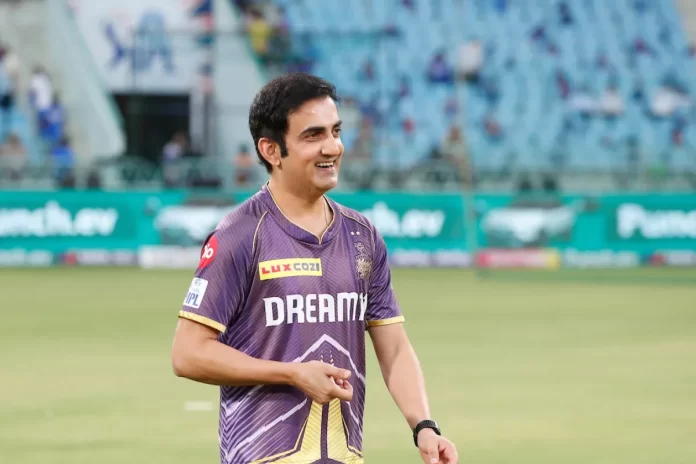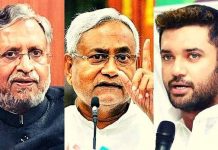Gambhir’s appointment has mainly gone as planned since it became apparent that, following his outstanding season with KKR, the BCCI’s top brass were eager to have him lead the national team. The only other contender in the race was former India opener WV Raman, aside from Gambhir. And following the two’s interviews with the Cricket Advisory Committee, the BCCI announced on Tuesday that Gambhir has been unanimously selected to succeed Rahul Dravid, whose tenure came to an end with India’s victory in the T20 World Cup.
“I always felt proud to wear the Indian jersey when I was a player, and I won’t be any different in this new position. My passion has always been cricket, and I’m excited to collaborate closely with the BCCI, VVS Laxman, the Head of Cricket, the support team, and most importantly, the players as we aim to succeed in the next tournaments,” stated Gambhir.
Gambhir made his official declaration on X, according to BCCI secretary Jay Shah. Gambhir has proven to be a sharp tactician and a formidable competitor. We think he’ll approach his position as head coach with the same perseverance and leadership. It is a logical step for him to take on the position of head coach, and I am confident he will bring out the best in our players. He will motivate and inspire the group to achieve greatness, I’m sure of it. His vision for the future of Indian cricket coincides well with our ambitions, and we are delighted about the path ahead,” Shah said in a statement.
In contrast to Ravi Shastri and Rahul Dravid, who came before him, Gambhir is still a relatively young coach. He should feel confident, though, given how well he assembled a championship-winning team at KKR during his debut season as coach.
Gambhir will have a new-look team to work with in the shortest format after pushing the transition button in Tests earlier this year and with the retirement of Rohit Sharma, Virat Kohli, and Ravindra Jadeja in T20Is. Furthermore, India is expected to develop a thorough plan to manage the shift in Test matches and One-Day Internationals after the core group reaches 35 years of age or above.
And India is counting on Gambhir’s tactical sense as more and more young players are expected to step up in all formats. Throughout KKR’s championship-winning campaign, the team’s readiness—especially in a format with little room for error—came to light.
His man-management abilities are legendary, according to those who worked with him at KKR, which might come in good now that he is leading the national team.
In terms of strategy as well, Gambhir is renowned for taking calculated risks. Gambhir paved the way, winning two IPL titles as captain of KKR in 2012 and 2014, before Rohit Sharma took against MS Dhoni.
There are many signs to suggest that Gambhir’s coaching style will resemble Shastri’s, who preferred the squad to play aggressive cricket. Since his sporting days, Gambhir has been recognised as a ferocious competitor who hardly ever smiles in the thick of things. It’s still a hot topic, which is why India’s all-rounder R Ashwin brought it up when he and Gambhir were interacting on YouTube this IPL.
Gambhir started, “There are times when people talk about ‘he doesn’t smile.'” “He is not a loving person. He never lets up on his intensity. He is perpetually irritable. He always errs on the side of caution. He is elderly. He wears a game face all the time. They don’t come to see my smile. Sadly, people flock to see me triumph. We guys work in a profession similar to it. I have no choice,” Gambhir remarked.
There are supporters of Gambhir’s operational approach. “He has rarely gotten in the way of the player’s actions once the game or training is over. He granted the players autonomy. In addition, he is a person who will offer players sufficient support and assurance. Someone who worked with Gambhir at KKR stated, “At the top level, it is all about how you manage the players.”

































